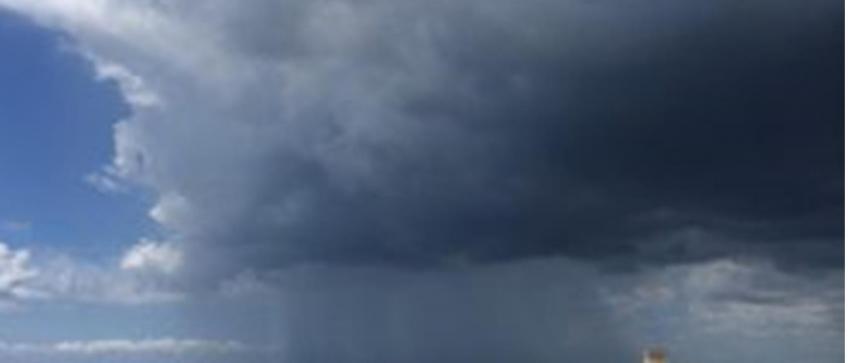Call us now: +5999 6637989
100 Best Things to do in Italy 28 / 32

It is difficult – if not impossible – to limit a list of things to do in Italy to 100, and even more difficult to put them in order of descending significance or entertainment value: home to Phoenicians, Carthaginians, Etruscans, Greeks and Romans, with islands as diverse as dour Sicily and African-influenced Pantelleria and cultures as far apart as Renaissance Venice and the prehistoric Trulli in Alberobello, Italy is a vibrant and colorful hotch-potch, a land of stark and passionately defended contrasts.
Let’s continue the count…
One of the best-loved and most photographed bridges in Europe, and the oldest in Venice still in use, the Rialto bridge was the successor of three former wooden bridges, one of which collapsed under the weight of spectators during a boat parade in 1444. It was completed in 1591 after three years of construction and is one of the chief attractions of Venice today, linking the districts of San Marco and San Polo across the Grand Canal.
The “Ponte di Rialto” is 15 minutes by waterbus from the Santa Lucia railway station; exit “Rialto C”.
86. Nora (Cagliari, Sardinia)
Probably the oldest town on Sardinia, Nora was founded by the Phoenicians and dominated, first by Carthage, then by the Romans and finally by the Vandals. Much of the former city is now under the sea, as the southern coast of Sardinia is gradually sinking into the Mediterranean; other parts belonging to the Italian military have never been excavated. However, a Phoenician temple, houses with mosaics, the Punic quarter and the remains of the Roman thermal baths are still intact, as is the famous Nora stone, inscribed in ancient Phoenician, dating from the 9th century BC.
Buses run from Cagliari to Pula (around 50 minutes), which is 3 km from Nora. Car rental is advised.
87. Punta Prosciutto and Torre Lapillo (Porto Cesareo)
Porto Cesareo in the Salento area of southern Puglia, lesser known among tourists, has 15 kilometres of some of the best beaches in Italy, largely frequented by Italians. Fine white sand shallow water and few waves make them ideal for families with young children. Torre Lapillo is more inhabited, with houses and villas on the seafront; Punta Prosciutto is flanked by high sand dunes and is remoter.
Torre Lapillo is accessible by bus from Porto Cesareo in 23 minutes; a shuttle bus runs from Porto Cesareo camping site to Punta Prosciutto.
88. Anzio (Rome)
Best known as a landing point for the Allies during WWII, Anzio on the Lazio coast around 60 km south of Rome was a significant Roman port and the birthplace of the Emperor Nero, the ruins of whose villa can still be seen along the coast. Particularly worthy of a visit are the Villa Adele, which houses the Museum of the Landing and the Archaeological Museum, and Port Innocenziano with its shops, bars and excellent fish restaurants. A great beach and series of caves rounds off the mixture.
Trains run from Rome Termini railway station once an hour (under an hour); most of Anzio`s attractions are within walking distance from the railway station.
Source: https://www.jenreviews.com/
- Log in to post comments
